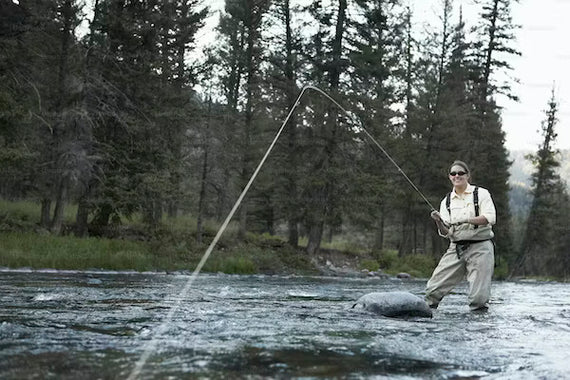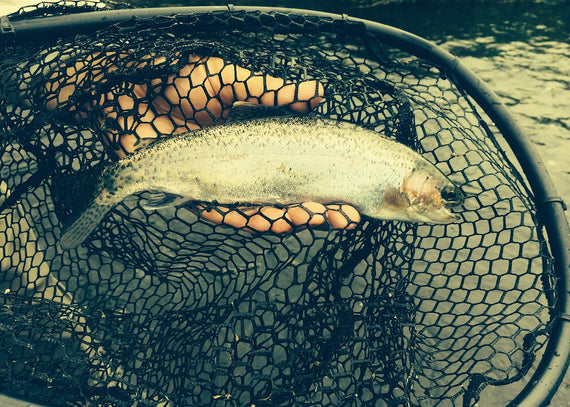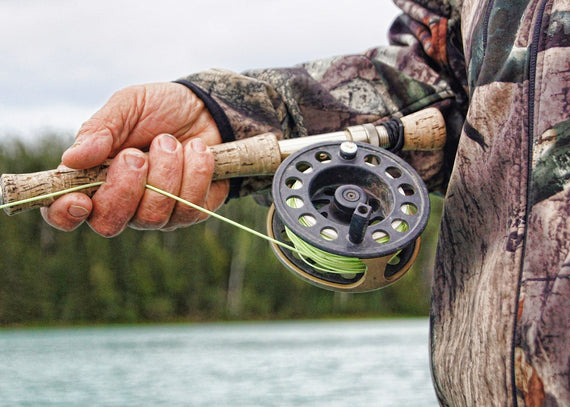From deep river bends to flooded timber, chest waders are essential to keeping any well-rounded sportsman dry. When deciding which style is right for you, there are a few basic decisions to make first. Do you need insulated or uninsulated waders, breathable or non-breathable, boot foot or stocking foot? All other details, like pocket configurations, construction quality, and durability are a matter of personal preference and budget. Here is how to pick the right chest-high wader for your outdoor lifestyle.
Breathability

If you need to stand in water for an undetermined amount of time, an uninsulated pair of breathable chest waders is the most versatile option. Fair-weather anglers can layer up during cold snaps or roll them down in the heat. Stream fishermen will find them suitable to the surf, and anglers who sometimes hunt ducks can get by if they camouflage above the waist. Breathable waders typically feature a layer of Gore-Tex or the manufacturer’s proprietary waterproofing membrane. All work, though some work better than others. Quality breathable waders have taped or welded seams, articulated knees, reinforced wear points, adjustable shoulder straps, and comfortable micro-fiber material where materials contact skin.
Insulation

If you spend more time setting out duck decoys than throwing trout flies, insulated neoprene waders from 3mm to 5mm thick are a good choice. They are more durable than most uninsulated waders, albeit heavier and less breathable. Boot-foot construction is common on neoprene chest waders, making them easy to slip on and off. They are adaptable from marsh to surf. While felt soles are available on some boot-foot neoprene waders, the environments in which boot feet are most appropriate (flooded timber, swamps) make treaded rubber soles a better choice. Felt and metal-studs are more at home on slick boulders in fast current.
Budget

A pair of budget chest waders can be a great option for beginners who just want to test the sporting waters. What introductory brands lack in fit and function they make up for in savings. At the end of the day, regardless of style or cost, chest waders have one job: Don’t leak. A starter pair constructed of two-ply nylon or polyester laminated to PVC or rubber can still be rugged and dependable enough to get you into a blind or out on the stream in comfort.
Well-made chest waders can help you tolerate water temperatures that might otherwise chill you to the bone. (Taylor Grote/) This pair has two handwarmer pockets and one oversized, zippered gear pocket. (Frogg Toggs/) This pair has glued, stitched, and taped seams for durability. (Foxelli/) This pair is 35% lighter than comparable models made with rubber. (Dark Lightning/)
Written by The Editors for Field & Stream and legally licensed through the Matcha publisher network. Please direct all licensing questions to legal@getmatcha.com.



 loading="lazy"
loading="lazy"
 loading="lazy"
loading="lazy"
 loading="lazy"
loading="lazy"